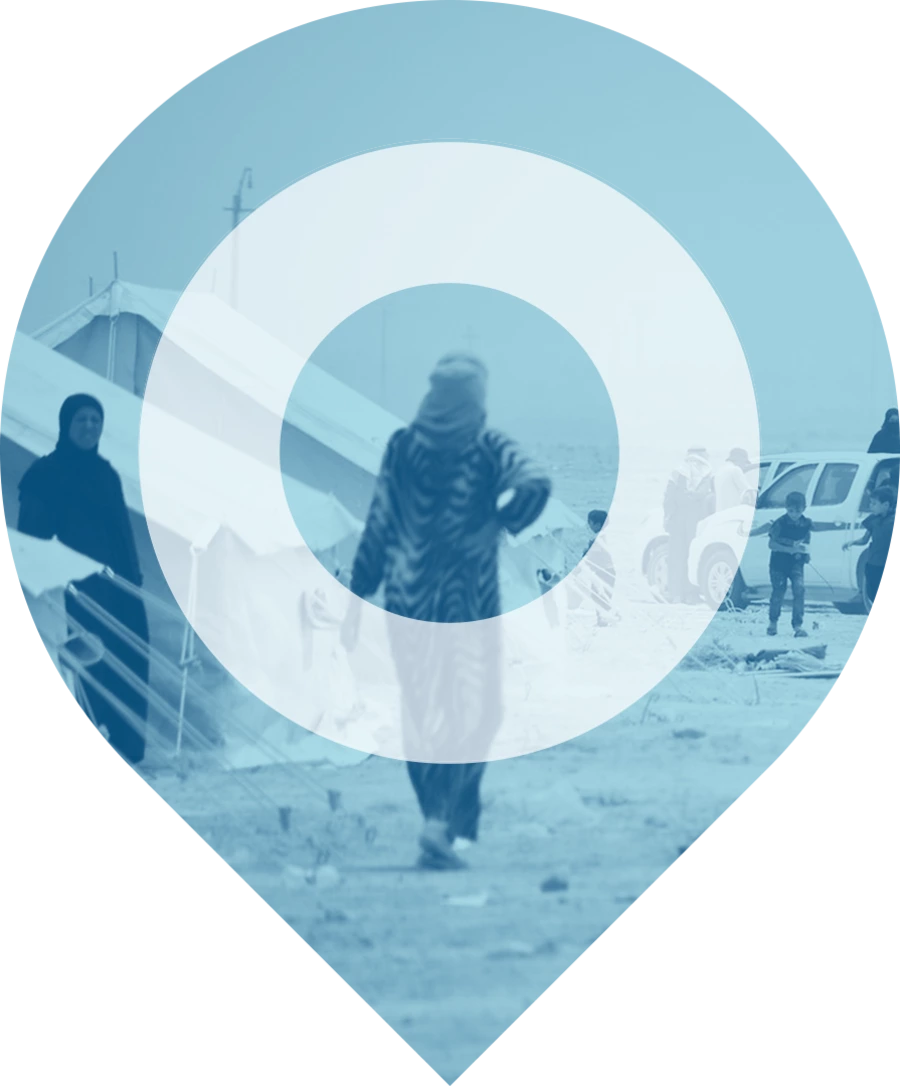Weekly
highlights
Every week, we publish new highlights on recent humanitarian developments to enable crisis responders to prioritise based on the needs of affected populations.
01/07/2025
Colombia
Between January–May 2025, flooding from river overflow and heavy downpour during the first rainy season affected nearly 400,000 people. In May alone, the floods affected 143,000 people across the country. Among the hardest hit were the communities in La Mojana, a subregion of northern Colombia at the intersection of the Cauca and Magdalena Rivers – two of the largest in Colombia. An estimated 60,000 more people, besides the 80,000 identified as needing assistance in April, currently require humanitarian aid. This mirrors the situation during the first half of 2024 when flooding affected 166,000 people. Some of those affected in La Mojana had already undergone forced displacement or confinement because of violence by non-state armed groups. The heavy rains destroyed public roads, bridges, schools, health centres, and crops across the country, significantly affecting livelihoods. Affected people require humanitarian assistance in food, healthcare, WASH services, and temporary shelter. (OCHA 30/06/2025, OCHA 25/06/2025, OCHA 19/06/2025)
01/07/2025
Sudan
On 21 June 2025, an air strike on Al Mujlad Hospital in West Kordofan killed more than 40 people, including six children, five healthcare workers, and a volunteer female doctor affiliated with the Emergency Response Rooms. The hospital, the only functioning health facility in the area, hosted a crucial dialysis unit recently equipped with new machines, making it a vital resource in the region. The strike occurred near frontline combat zones, underscoring the high risk to civilian infrastructure amid sustained conflict between the Sudanese Armed Forces and the Rapid Support Forces. The loss of this facility deprives tens of thousands, including children and patients with chronic illnesses of critical care. This attack follows a broader pattern that has left Sudan’s health system in collapse, with over 70% of hospitals nonfunctional in key conflict zones. Millions increasingly face diseases, injuries, and maternal health risks without reliable access to care. (The Guardian 24/06/2025, IRC accessed 01/07/2025, ERR | Facebook 21/06/2025)
29/06/2025
Yemen
Between May–August 2025, over 17 million people in Yemen, nearly half the population, are facing high levels of acute food insecurity of Crisis (IPC Phase 3) or worse levels, including 5.2 million in Emergency (IPC Phase 4) conditions. The situation is projected to deteriorate further from September 2025 to February 2026, with the number rising to 18.1 million people (52% of the population). An estimated 41,000 people are expected to face Catastrophe (IPC Phase 5) levels in certain districts of Al Hodeidah, Amran, and Hajjah governorates given severe humanitarian aid reductions, conflict, economic decline, and below-average agricultural production caused by erratic rainfall and anticipated floods. Previously effective coping mechanisms, such as external aid and social support networks, have also become insufficient to prevent further food insecurity. IDPs, marginalised communities, and low-income households in urban and rural areas are among the most affected groups. (IPC 17/06/2025, IPC 27/06/2025, WFP 30/06/2025)


